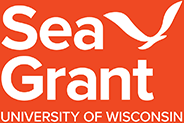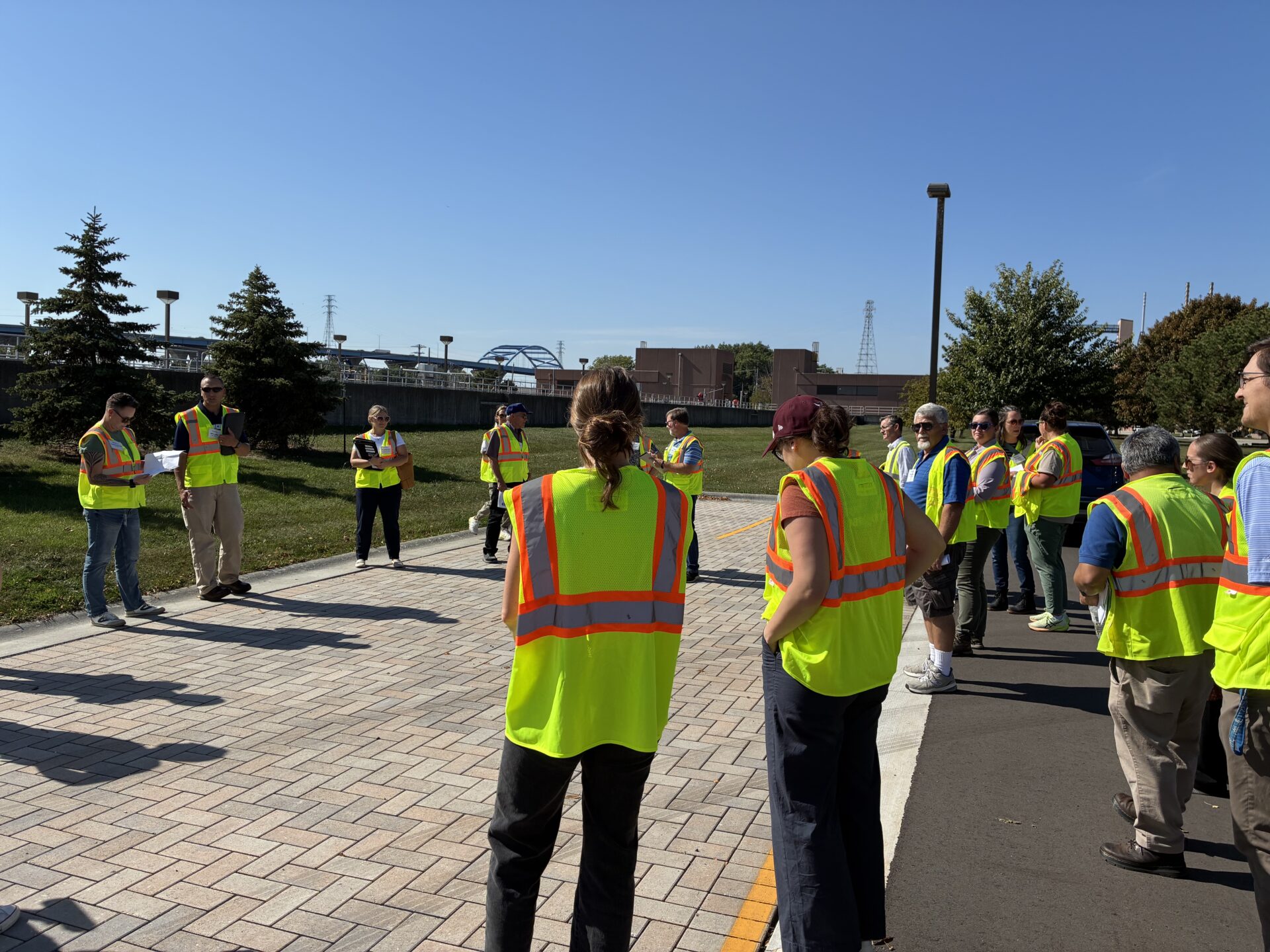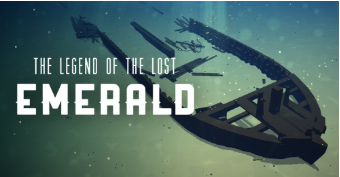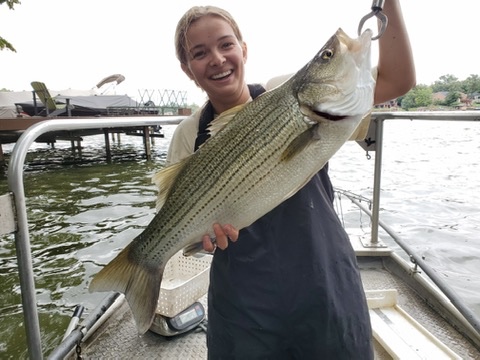Trying to plant a rain garden in a community space? Want to control stormwater runoff in a way that is both effective and beautiful? How about designing a green roof for a new construction or improving stormwater runoff in existing parking lots?
All too frequently, green infrastructure practices — methods of controlling stormwater that use the natural capacities of soil and vegetation — are discouraged or even actively prohibited by outdated, poorly worded or ambiguous local codes and ordinances.
Since 2012, 1000 Friends of Wisconsin has worked with 28 municipalities in southeastern Wisconsin to audit, revise and prioritize codes and ordinances that deter and prohibit the more widespread use of green infrastructure. To help replicate this approach and facilitate the development of strategic code and ordinance revisions for green infrastructure in other communities, Wisconsin Sea Grant, with support from the NOAA Coastal Storms Program, developed the Tackling Barriers to Green Infrastructure: An Audit of Local Codes and Ordinances workbook.
What makes this project unique in comparison to similar audits is the “no judgement” approach to working with municipalities. Barriers to green infrastructure can vary widely within the code language — specific rights, specific prohibitions, partial limits, practices mentioned with no guidelines for implementation, etc. Therefore, solutions to code barriers need to be customized for the specific municipality and cannot be satisfactorily addressed by model ordinances.
The workbook, Tackling Barriers to Green Infrastructure, consists of three main steps — community scoping, auditing community codes and ordinances, and prioritizing recommendations and developing a strategy for adoption.
Julia Noordyk, water quality and coastal communities outreach specialist for Wisconsin Sea Grant, was a co-editor on the project with Kate Morgan, former water policy director of 1000 Friends of Wisconsin.
Noordyk said, “We realized that cooperation among municipal zoning and planning departments, non-profit groups, planners, consultants and other local groups was key. Evaluating how green infrastructure fits within a municipality’s context — the regional culture, pattern of development and specific challenges regarding water quality or quantity — is crucial to successfully overcoming code barriers. The community scoping section of the project reflects that need.”
After the scoping worksheet, the audit provides a comprehensive series of questions to ask about local codes and ordinances. Using the provided grading matrix, users will select a grade in response to each question, based on whether a code, policy or operation is enabled,
conditional, discouraged or conflicted with regards to green infrastructure. The results, along with suggestions from the workbook, can be used to identify critical barriers and determine how best to resolve them.
Noordyk said, “This project builds capacity and brings technical assistance for this work at a time when local governments are facing restricted budgets and reductions in personnel.”
The guide also contains a wealth of examples, references and definitions.





